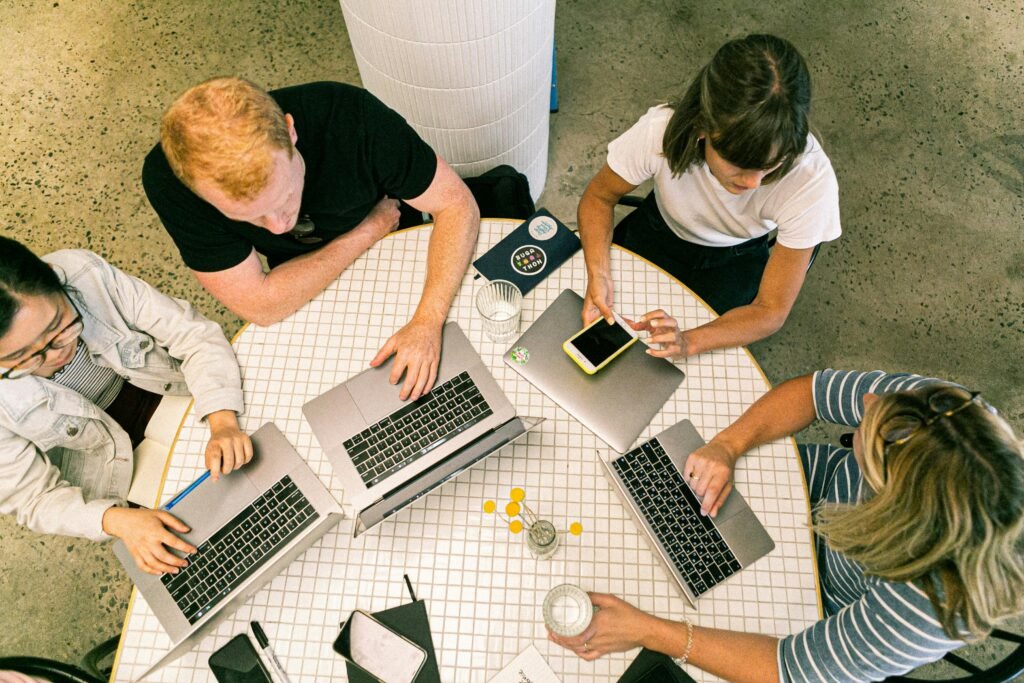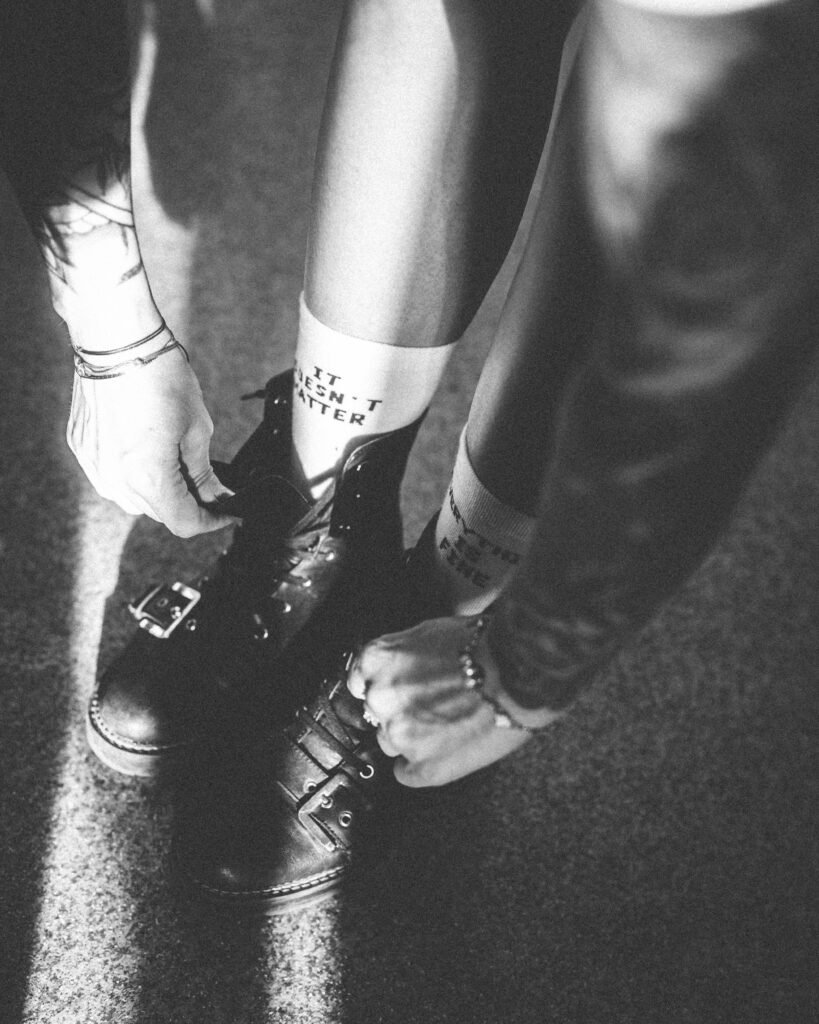The Power of Collaboration: Designer Partnerships
Have you ever wondered how designers come together to create incredible collections that take the fashion world by storm? In this article, we’ll explore the power of collaboration in the world of fashion and how designer partnerships can lead to innovation, creativity, and success. Join us as we dive into the world of designer collaborations and uncover the magic that happens when creative minds come together.

This image is property of images.pexels.com.
Find more products like these on Amazon!
What are Designer Collaborations?
Designer collaborations, also known as designer partnerships, occur when two or more designers or brands come together to create a collection or project. These collaborations can range from one-time limited editions to long-term partnerships between designers. By combining their unique aesthetics, expertise, and fan bases, designers can create something truly special that resonates with consumers and pushes the boundaries of creativity in the fashion industry.
The Benefits of Designer Collaborations
Designer collaborations offer a wide range of benefits for both designers and consumers. For designers, collaborations provide an opportunity to expand their creative horizons, reach new audiences, and tap into the expertise of their partners. For consumers, collaborations offer a chance to access exclusive designs, experience the merging of different design aesthetics, and participate in the excitement of limited edition releases. By working together, designers can leverage each other’s strengths to create something greater than the sum of its parts.
Find more products like these on Amazon!
Examples of Successful Designer Partnerships
Throughout the years, there have been many successful designer partnerships that have captivated the fashion world and left a lasting impact on the industry. One notable example is the collaboration between high-end fashion house Louis Vuitton and streetwear brand Supreme. By merging their distinct design aesthetics, Louis Vuitton and Supreme created a collection that sold out within minutes and generated hype worldwide. Another successful collaboration is the partnership between fast fashion retailer H&M and luxury designer brands such as Karl Lagerfeld, Versace, and Balmain. These collaborations brought high-end designs to a wider audience and allowed consumers to experience luxury fashion at an affordable price point.
How Designer Collaborations Spark Innovation
One of the key drivers of innovation in the fashion industry is collaboration between designers. When creative minds come together, they can push each other to think outside the box, experiment with new techniques and materials, and explore uncharted territory. By combining their unique perspectives and expertise, designers can challenge the status quo, break conventional rules, and create groundbreaking designs that captivate audiences and set trends. Designer collaborations spark innovation by fostering creativity, pushing boundaries, and redefining what is possible in the world of fashion.

This image is property of images.pexels.com.
The Process of Designer Collaborations
Collaborating with another designer is a complex process that involves a series of steps to bring the vision to life. The first step in the process is identifying the right partner that aligns with your brand values, aesthetics, and target audience. Once the partner is selected, designers work together to brainstorm ideas, develop concepts, and create mood boards to capture the essence of the collection. Next, designers collaborate on design sketches, fabric selection, and garment construction to bring the collection to fruition. Throughout the process, designers communicate, compromise, and collaborate to ensure that the final product reflects the vision of both partners.
Tips for Successful Designer Collaborations
Creating a successful designer collaboration requires a combination of creativity, communication, and collaboration. Here are some tips to help you navigate the process and achieve a successful partnership:
-
Communication is Key: Establish open and honest communication with your partner to ensure that both parties are aligned on the vision, goals, and expectations of the collaboration.
-
Respect Each Other’s Expertise: Recognize and appreciate the unique strengths and perspectives that each designer brings to the table. Collaborate, listen, and learn from each other to create a harmonious partnership.
-
Set Clear Goals and Expectations: Define the objectives, scope, timeline, and budget of the collaboration upfront to avoid misunderstandings and conflicts down the line.
-
Be Open to Feedback: Embrace feedback, critique, and constructive criticism from your partner to improve the quality of the designs and foster a collaborative spirit.
-
Celebrate Your Differences: Embrace the differences in design aesthetics, backgrounds, and experiences between you and your partner. Use these variations to your advantage and create a collection that is truly unique and innovative.
By following these tips and staying true to your creative vision, you can create a successful designer collaboration that resonates with consumers, pushes the boundaries of fashion, and leaves a lasting legacy in the industry.

This image is property of images.pexels.com.
Designer Collaborations in the Digital Age
In today’s digital age, designer collaborations have taken on a new dimension with the rise of social media, e-commerce, and online platforms. Designers can now connect with their partners, fans, and consumers on a global scale through digital channels such as Instagram, TikTok, and YouTube. Social media influencers and celebrities play a key role in promoting designer collaborations and generating buzz around new releases. E-commerce platforms like Farfetch, Net-a-Porter, and Matches Fashion offer consumers access to exclusive designer collaborations and limited edition releases from the comfort of their homes. The digital age has transformed the way designers collaborate, market, and sell their collections, making it easier than ever to reach a global audience and connect with fashion enthusiasts worldwide.
Conclusion
Designer collaborations are a powerful tool for driving innovation, creativity, and success in the fashion industry. By working together, designers can leverage each other’s strengths, reach new audiences, and create something truly extraordinary that captivates consumers and sets trends. Whether it’s a one-time limited edition release or a long-term partnership, designer collaborations have the potential to push the boundaries of fashion, spark creativity, and redefine the future of the industry. So, the next time you see a designer collaboration that catches your eye, remember the magic that happens when creative minds come together to create something truly special.

